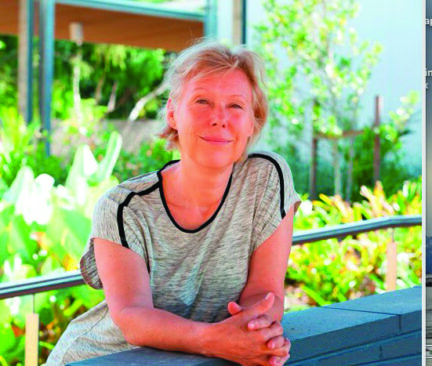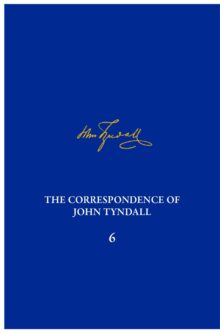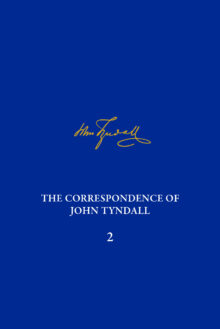
Janet Browne
Janet Browne is Aramont Professor of the History of Science at Harvard University.
The Correspondence of John Tyndall, Volume 6
The Correspondence, November 1856-February 1859
This sixth volume of Tyndall’s correspondence contains 302 letters covering a period of twenty-eight months (1856-1859). It begins shortly after Tyndall returned from his first glacier research in the Alps and follows him as he experimented and lectured on physics in central London at the Royal Institution of Great Britain (RI), visited friends, joined London’s fashionable social circles, published and reviewed scientific articles, corresponded with fellow men of science on a wide range of topics, and developed his theories about the structure and movement of glaciers. Importantly, volume 6 includes Tyndall’s major expeditions to the Alps and also documents some of his most dangerous mountaineering exploits. In letters to his closest friends, Tyndall captured the excitement and achievement of his expeditions. By the end of the period, his is increasingly respected as a scientist in the wider academic world.
The Correspondence of John Tyndall, Volume 2
The Correspondence, September 1843–December 1849
The 161 letters in this volume encompass a period of dramatic change for the young John Tyndall, who would become one of Victorian Britain’s most famous physicists. They begin in September 1843, in the midst of a fiery public conflict with the Ordnance Survey of England, and end in December 1849 with him as a doctoral student of mathematics and experimental science at the University of Marburg, Germany. In between, Tyndall was fired from his position in the Ordnance Survey, worked as a railway surveyor at the height of British railway mania, read the works of Ralph Waldo Emerson, Thomas Carlyle, and Lord Byron, taught mathematics, and seriously contemplated emigration to the thriving new city of Cincinnati, Ohio. He began lasting friendships with Thomas Archer Hirst and Edward Frankland, who, along with Tyndall, would eventually become influential figures in nineteenth-century science. The letters also allude to some of the most important events of the 1840s. Documenting a period of political agitation, professional uncertainty, and personal transformation, this volume traces the events that led to Tyndall’s decision to devote himself to natural philosophy.


